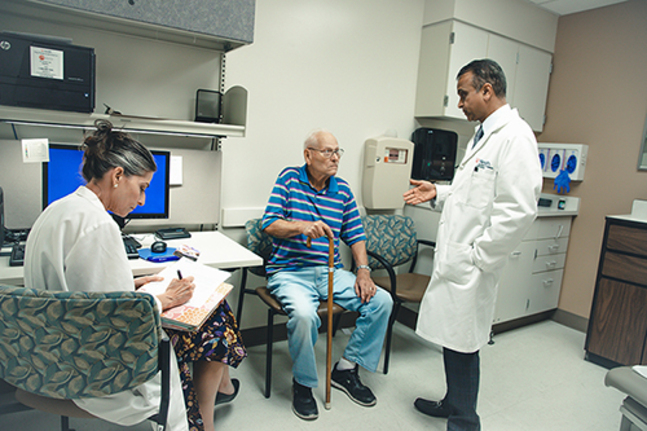Cancer is made of changed cells that grow out of control. The changed (abnormal) cells often grow to form a lump or mass called a tumor. Cancer cells can also grow into (invade) nearby areas. And they can spread to other parts of the body. This is called metastasis.
Bile duct cancer is rare. It starts in the cells of the bile ducts. The bile ducts are a network of tiny tubes that connect the liver and the gallbladder to the small intestine. They carry bile, a fluid that helps break down fat in the intestines. Bile is made in the liver, but stored in the gallbladder.
Types of Bile Duct Cancer
There are two main types of bile duct cancer: extrahepatic and intrahepatic
Extrahepatic - "extra" meaning "out" this type happens in the ducts outside of the liver. This is the most common type that includes the following sub-types:
Adenocarcinomas
Adenocarcinomas, also called cholangiocarcinoma's, are the most common type of extrahepatic bile duct cancer, form in the cells of the mucous gland lining the inside of the bile duct. This is the most common type of bile duct cancer making up 95% of cases.
Hilar cholangiocarcinoma
Hilar cholangiocarcinoma, also called Klatskin tumors, is a type of bile duct cancer that happens specifically in the bile ducts flowing out of the liver and into the gallbladder. These are also called the hepatic ducts.
The UC Cancer Center is the only center in the Cincinnati region with a transplant program for hilar cholangiocarcinoma.
Distal
Distal bile duct cancer happens near the small intestine opposite the perihilar ducts, mentioned above as the ducts that carry bile out of the liver an into the gallbladder. This type is less common but about 25% bile duct cancers start in this distal location.
Intrahepatic - "intra" meaning "in" or "inside", this type happens inside the smaller ducts inside the liver. This type makes up between 5 -10% of bile duct cancer cases. The UC Cancer Center is the only center in the region to offer ablative proton radiotherapy for intrahepatic cholangiocarcinoma.
